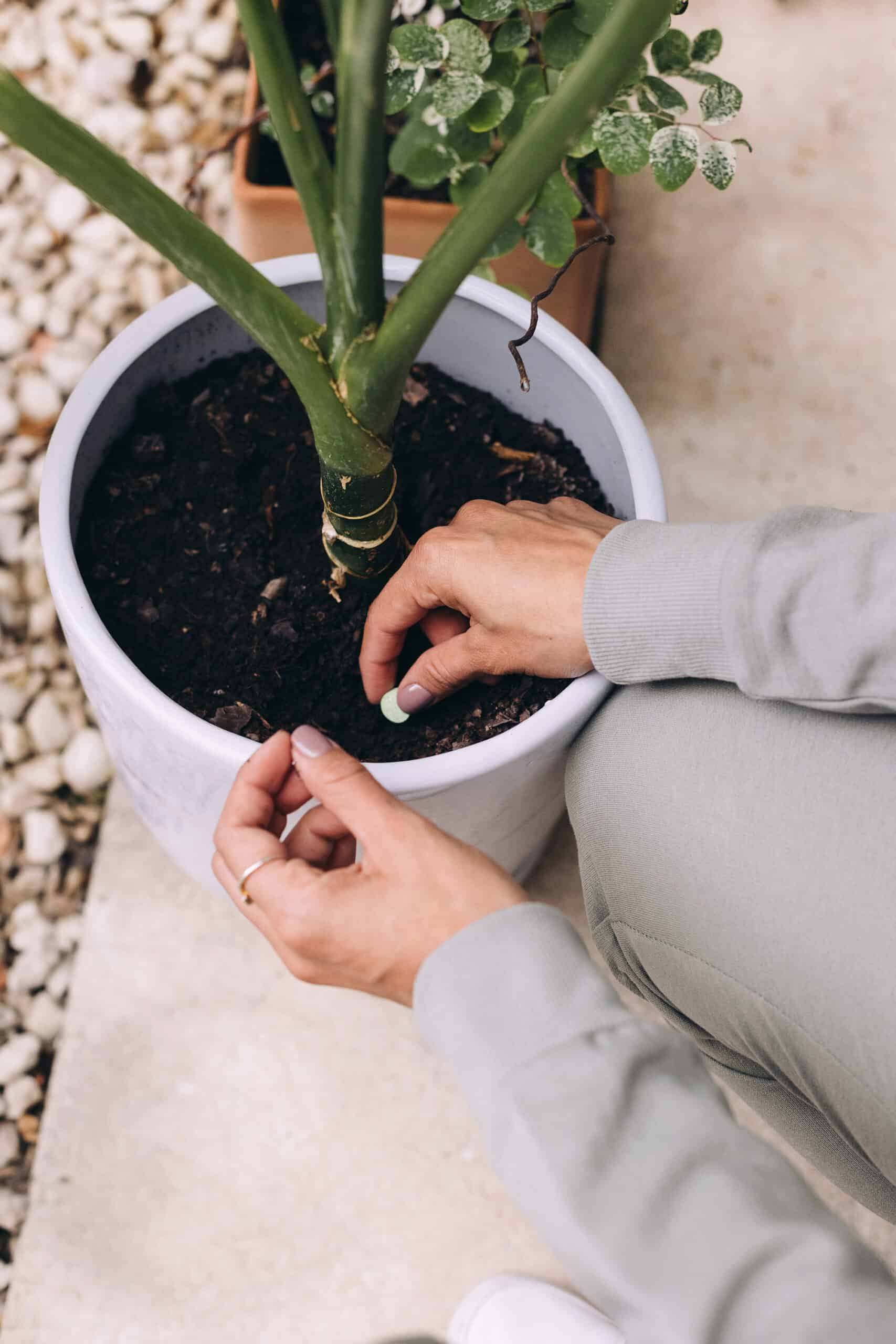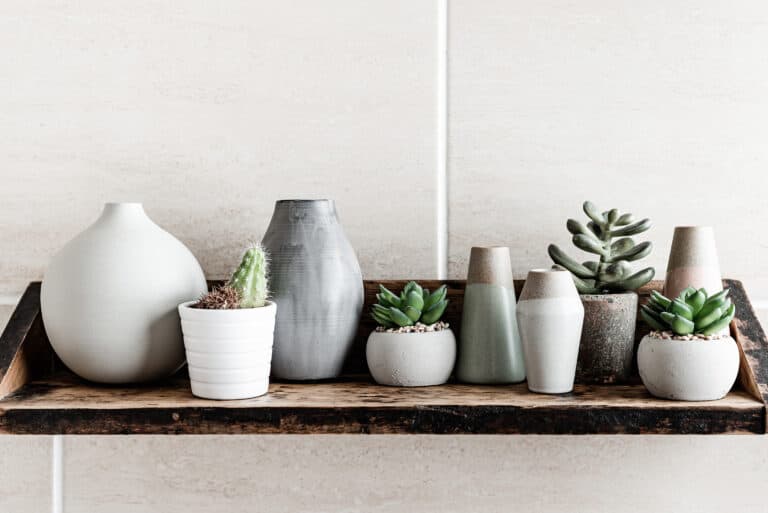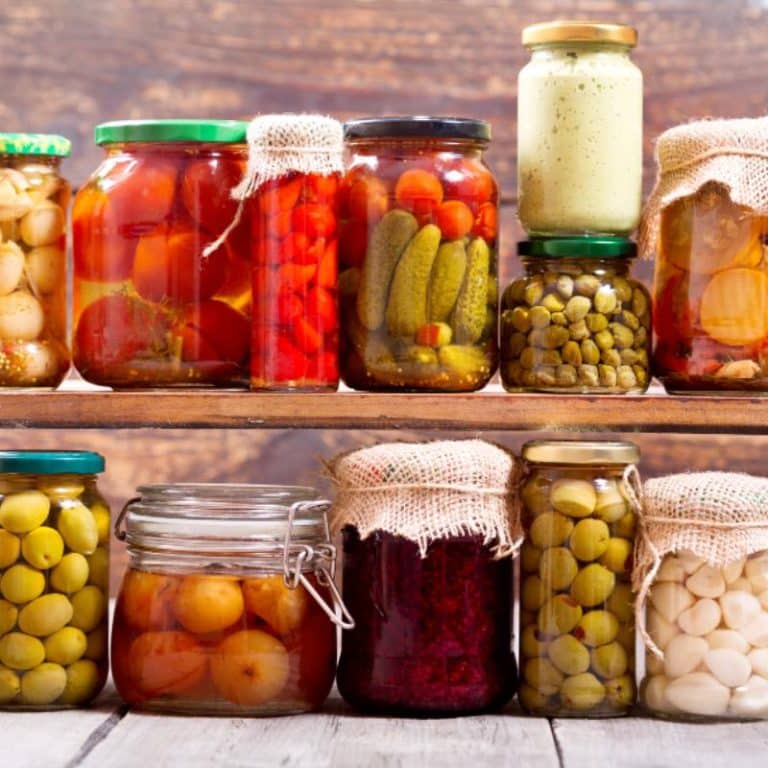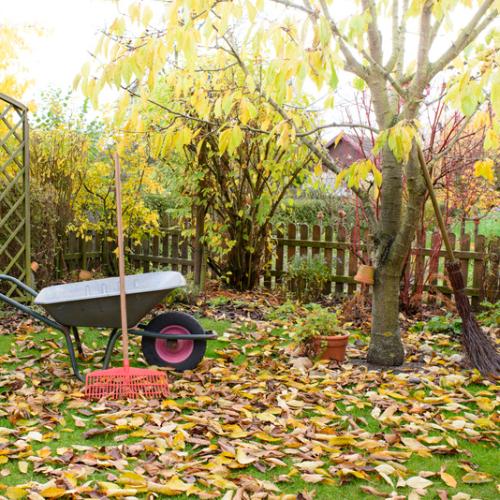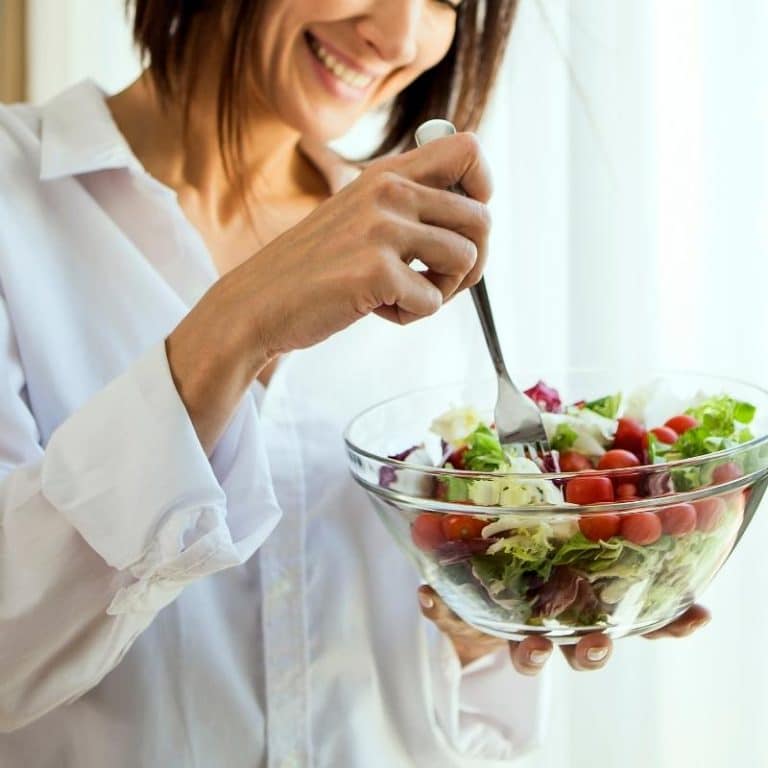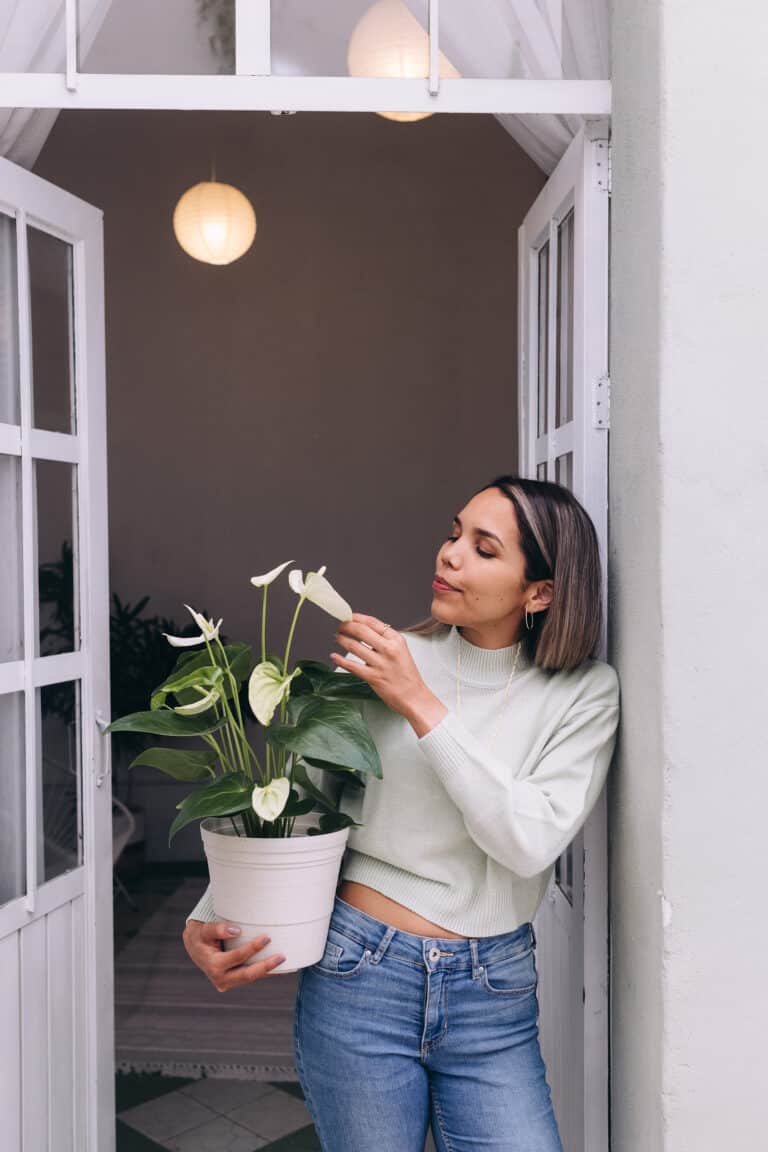How To Grow Food from Leftovers
“Say Whaaat?! You Can Actually Grow Food from Leftover Kitchen Scraps?
Yes you can…
“Wow, I wish I could somehow turn these kitchen scraps into a new, free source of food?” said no one ever…
But guess what?
With just those bits and pieces that would usually end up in the bin, you can propagate your own indoor garden of fresh, free, and fantastically tasty ingredients.
And it’s not just good for your pocket; it’s awesome for the environment.
Sure, it sounds like I’m pulling your leg, but believe me, it’s 100% legit.
Many veggies like lettuce, celery, spuds, and spicy lil’ ginger can regrow from scraps.
And all in requires is a little basic gardening know-how.
I’m going to let you in on the secrets to choosing the right kitchen scraps, prepping them and turning those leftovers into a living salad bar.
So, let’s get started and turn those leftovers into a bountiful indoor garden!
Why Grow Food from Kitchen Scraps?
How cool would it be to grow money?
Sadly, that technology isn’t available yet (I know, bummer!).
But here’s something almost as good , growing food from kitchen scraps.
You see, it’s all about seeing things from a new perspective, transforming those often discarded bits into a fresh, green harvest.
It’s like saying no to throwing away your cash and yes to reducing food waste.
It’s also about saving those extra dollars you would have spent at the grocery store. Win-win, right?
Plus, you’re gonna have a ball doing this, and it’s a fabulous way to get the family involved in something fun, educational, and, let’s face it, slightly miraculous.
Just imagine, with this whole grow-your-own-food deal, you know exactly what’s on your plate.
We’re talking fresh, chemical-free, and oh-so-nutritious produce, straight from your mini garden to your dinner table.
Plus, it gives you complete control over the soil and nutrients your plants get.
And hey, if you’ve got little munchkins running around, this is an awesome way to introduce them to the ideas of sustainability and waste reduction.
It’s educational, hands-on, and they get to see the fruits (or veggies) of their labor.
Talk about a whole new level of respect for the environment and the food they eat!
Bottom line, growing food from kitchen scraps is an easy-peasy, rewarding practice.
You’re saving money, reducing waste, and feasting on fresh, healthy goodies.
Picking the Perfect Scraps To Grow
Remember, not all heroes wear capes, and not all scraps can be turned into a thriving garden.
So, picking the right scraps is pretty essential.
Here are some pro-tips on which ones to keep:
Fruits and Veggies
Some fruits and veggies are just waiting for their second chance at life. Here are some that you would love to sprout in your home:
- Tomatoes
- Bell peppers
- Carrots
- Onions
- Pineapple
- Avocado
Most of these can be either stuck in some soil or just soaked in water.
Like, tomato and pepper seeds will happily sprout in some soil, while carrot tops and onion bottoms will start sprouting greens in just a glass of water.
Herbs and Spices
Would you love to add some home-grown flavor to your dishes? Here’s a list of herbs and spices that would love to grow in your kitchen:
- Basil
- Mint
- Cilantro
- Rosemary
- Thyme
- Ginger
Just like your fruits and veggies, these can be grown in either water or soil.
For instance, basil and mint stems are perfect for water propagation, while a ginger root will flourish when planted in soil.
Other Scraps
Beyond the usual suspects, there are a few other scraps that can make for great indoor plants. Check these out:
- Garlic cloves
- Sweet potato slips
- Lemon seeds
- Apple seeds
Whether you grow them in water or soil would depend on the type of scrap. But with the right conditions, these can grow just as well as any other plant.
Remember, freshness is key.
Choose scraps that are healthy and not too far gone.
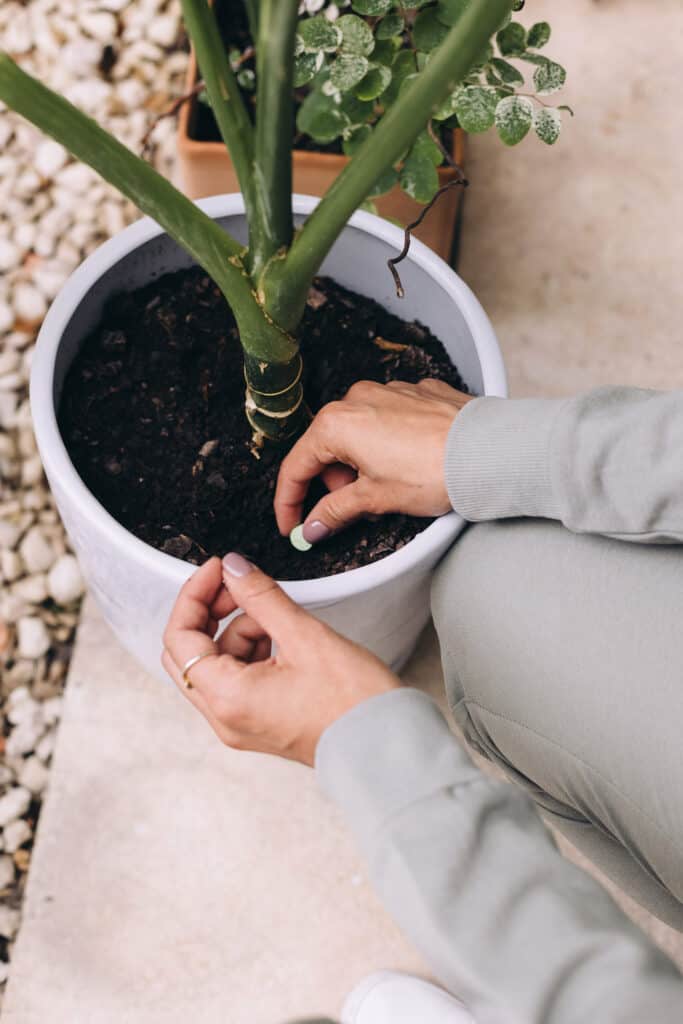
Preparing Your Scraps for Planting
Even the smallest of actions can make a big difference.
That holds true when turning your kitchen scraps into a lush indoor garden.
But before you jump in, you’ve got to make sure your little would-be plants are primed for their new life.
Here’s how you can turn yesterday’s dinner into tomorrow’s harvest.
Preparing Your Scraps for Planting
Washing and Drying
You wouldn’t jump into a swimming pool without first dipping your toes in, right?
Likewise, before diving into this kitchen scrap gardening journey, the first pit stop is washing and drying your scraps.
This step ensures you’re not inviting any unwanted guests (dirt, pesticides) into your indoor garden.
So, here’s the lowdown on washing and drying:
Give those scraps a good rinse under cool water. Hot water? Nope, that’s a big no-no.
For a more thorough clean, a vegetable brush is your best friend.
Give the scraps a gentle scrub to remove any lingering dirt.
Once they’ve had their bath, rinse again to make sure there’s no soapy residue clinging to them.
Finally, pat them dry with a clean towel or paper towel. Remember, you want them to be moist, not soaked.
Cutting and Seeding
After a good clean, it’s time to get a little surgical.
Cutting and seeding your scraps is vital for their rebirth as healthy plants.
Here are some pointers:
Chop those scraps into bite-sized pieces. They’re easier to plant and grow this way.
Make sure each piece has a sprouting point – a healthy stem or leaf.
Plant these little gems in a pot with well-draining soil and shower them with water.
Composting
Not all scraps are cut out for a second life as a plant.
Welcome to the wonderful world of composting.
If your scraps aren’t fit for planting, they can be composted to create nutrient-rich soil for other plants.
Here’s the composting crash course:
- Store your scraps in a compost bin or a compost pile in your backyard.
- Mix in other organic waste, like leaves or grass clippings.
- Stir your compost pile regularly to accelerate decomposition.
- Use this black gold to nourish your plants and garden.
By following these easy steps, you can create a thriving indoor garden or boost your outdoor plants with homemade compost.
Either way, you’re giving back to Nature.
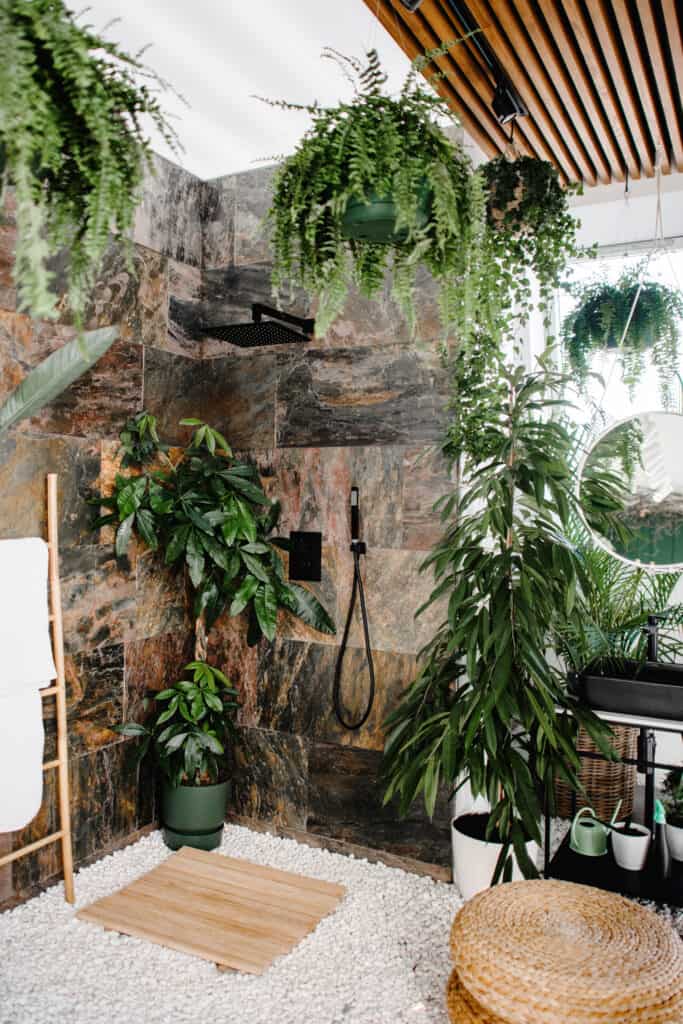
Indoor Gardening Techniques
If you thought growing plants indoors is just sticking pots on window sills, get ready for some enlightenment.
From hydroponics to container gardening, there’s a world of indoor gardening techniques out there.
Hydroponics
Ever thought of growing plants without soil?
That’s hydroponics for you. Plants are grown in a nutrient-rich water solution, making it a perfect technique for limited spaces.
You can buy hydroponic systems or even make your own using simple materials like PVC pipes or plastic containers.
Container Gardening
If you’re a bit more traditional and like your plants in pots, container gardening is your go-to technique.
It’s ideal for those living in apartments or those with limited space.
You can use containers made from various materials like plastic, clay, or ceramic. Remember, they need to have drainage holes to prevent water logging.
Seed Starting
Starting plants from seeds is not only cost-effective but also opens up a range of plant varieties to grow. You can start seeds indoors using trays or pots filled with potting soil.
Once the seedlings have grown, you can transfer them to larger containers or outdoors.
When choosing seeds, pick varieties that are suited for indoor growing. Herbs, leafy greens, and microgreens are some excellent choices for indoor plants.
With these indoor gardening techniques, you’re all set to transform your kitchen into a green haven and enjoy fresh, homegrown produce all year round.
Growing Specific Plants from Scraps
Every scrap has a story and potential. From lettuce to onions to fruits, there’s a wealth of plants waiting to spring to life from your kitchen waste.
Here’s your guide to growing specific plants from scraps.
Lettuce and Greens
Lettuce and other greens are fairly straightforward.
Just chop off the bottom inch of the stem, place it in a bowl of water, and wait for the magic to happen.
Once you see roots, you can move the lettuce to a pot or garden bed.
Onions and Garlic
Onions and garlic are perfect for growing from bulbs. Plant them pointy end up in soil and water them regularly. Once you see new growth, you can start harvesting the greens.
Tomatoes and Peppers
With tomatoes and peppers, it’s all about the seeds.
Rinse the seeds, dry them, and then plant them in soil.
Keep the soil moist, and you’ll see new growth in a few weeks.
Herbs
Herbs are also great to grow from cuttings. Place a stem from an existing plant in water, and in a few weeks, you’ll see roots.
At this point, you can move the plant to soil.
Root Vegetables
Root veggies like potatoes, beets, and turnips can also be grown from scraps.
Slice off the top of the vegetable, place it in soil, and water regularly.
Fruits
Fruits like avocados, pineapples, and lemons can also be grown from their seeds.
Rinse the seed, dry it, and then plant it in soil.
With some patience and regular watering, you’ll see new growth.
It’s always an experiment when it comes to growing plants from kitchen scraps, but with a little patience and care, you’ll soon see your kitchen scraps grow into a thriving indoor garden.
Composting and Organic Fertilizers
Embracing composting allows you to convert your food waste into a lush, nutrient-packed soil booster, which can supercharge the growth and vitality of your plants.
Here, let’s get into the benefits of composting, discuss the essential steps to kickstart composting at home, talk about the efficient use of compost in your garden, and explore other organic fertilizers to enrich your garden.
The Benefits of Composting
The advantages of composting are many and can lead to a significant impact not only in your garden but also on the environment.
Composting enables you to repurpose food waste, cutting down on the volume of waste going into landfills and thus, reducing methane production – a powerful greenhouse gas.
By switching to compost, you’re reducing your reliance on chemical fertilizers, which is a massive win for Nature.
How to Start Composting
It is quite easy, With a few simple tools – a compost bin or an allocated space in your backyard and a variety of organic materials –
you’re all set to get started with composting.
The champions of composting encompass a range of food waste, including scraps from fruits and vegetables, coffee grounds, and eggshells.
To expedite the composting journey, adding yard waste like leaves and grass clippings can work wonders.
Here’s your beginner’s guide to composting:
- Select an appropriate compost bin or designate a spot in your backyard for your compost pile.
- Load your compost pile with organic materials, like food scraps and yard waste.
- Ensure your compost pile is damp but not waterlogged.
- Regularly turn your compost pile to aerate it and expedite the composting process.
Using Compost in Your Garden
When your compost is ready it can be all you need to improve the health of your plants. Whether it’s being utilized as a soil amendment, mulch, or fertilizer, compost is an invaluable resource for any gardener.
To use compost as a soil amendment, incorporate it into your soil prior to planting. If you’re using compost as mulch, layer it around your plants to help maintain moisture and ward off weeds.
And when using compost as a fertilizer, simply scatter it on top of your soil and water it in.
Are You Prepared to Cultivate Your Kitchen Scrap Garden?
Remember the last time you tossed away a banana peel after making your morning smoothie?
Well, that humble peel is a loaded with o potassium, an essential nutrient for heart health.
So, instead of binning it next time, toss it in your compost heap.
Coffee addicts, rejoice! Your daily dose of caffeine also comes with a bonus for your budding plants.
Coffee grounds, loaded with nitrogen, can supercharge your soil or compost mix and kickstart your plant growth.
And here I thought I couldn’t love coffee any more!
Next time you’re writing down your grocery list, take a moment to think about what could make a comeback from your kitchen waste.
Ever tried planting an avocado pit or herb stems? They might just surprise you with a new lease of life.
Harnessing these resources gives joy of watching your own food sprout from scratch.
Every time I see a new green shoot springing from my repurposed leftovers, it’s a small miracle. It’s hard to explain the satisfaction of watching life unfold from what would have been waste, but believe me, it’s magical.
This isn’t just a hobby; it’s a lifestyle that nurtures mindfulness and keeps those creative gears turning.
Now, over to you.
Have you tried turning your kitchen scraps into an indoor garden?
What successes (or fails!) have you had?
Do you have any genius hacks to share with those just setting off on this green journey?
Let me hear all about it in the comments.
Share this post, and let’s get the word out about the wonders of indoor gardening!
Who knows, you might just inspire someone to start their own indoor garden.

